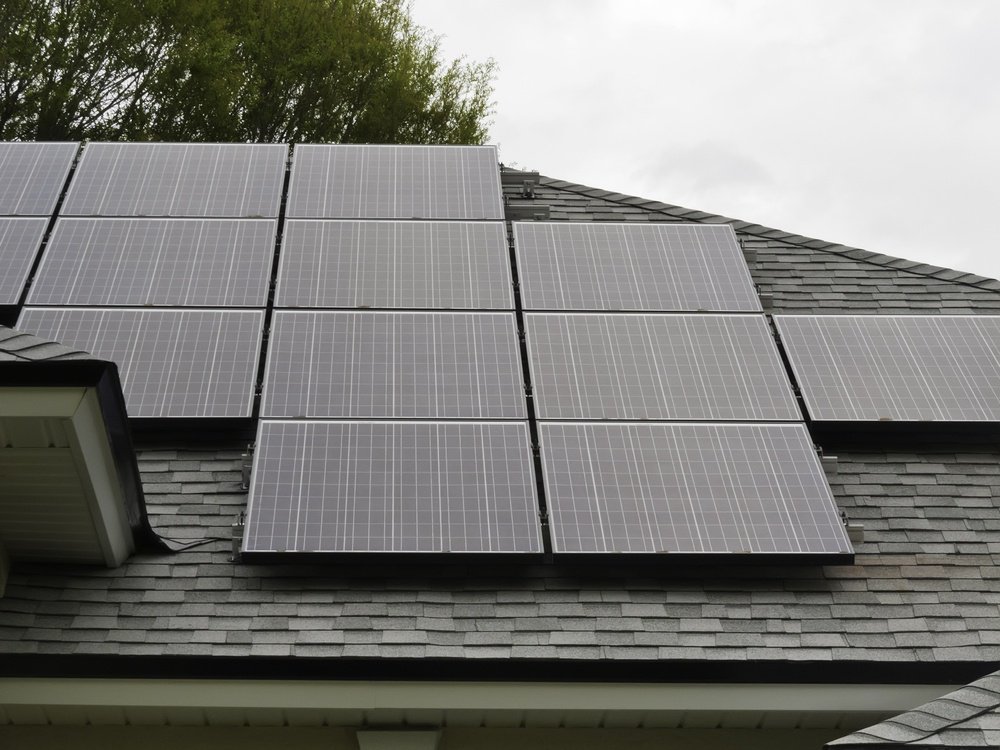- Net zero is a goal to balance greenhouse gas removal vs emissions
- The aim is to get to the point where emissions caused by human activity are negated
- The goal is ‘net zero’ emissions overall
According to the University of Oxford, net zero refers to a state whereby greenhouse gas (GHG) emissions that enter the atmosphere are balanced out by their removal.
It is a term often used with ‘carbon neutral’, and while they have the same goal of reducing GHG emissions, they are different.
The Intergovernmental Panel on Climate Change (IPCC) says net zero CO2 is needed by 2050 to stay within the 1.5C warming climate threshold. Energy, fashion, transport and agriculture are some of the most-polluting industries.
Installing low-carbon technology like solar panels, heat pumps and electric vehicles in our homes helps reduce our CO2 emissions.
In this guide, we’re going to go into detail about what net zero is and why most countries have their own net zero emissions goals.
What’s on this page?
- 01 What is net zero?
- 02 What is the global net zero target?
- 03 What are the UK’s plans to achieve net zero?
- 04 How close are we to achieving net zero?
- 05 Which industries contribute the most emissions?
- 06 What are the challenges in the way of net zero?
- 07 How can I contribute to net zero?
- 08 Summary
What is net zero?
Net zero is the balance between the amount of GHG that’s produced and the amount that’s removed. We achieve net zero through reducing emissions or removing them.
Read more: theecoexperts






